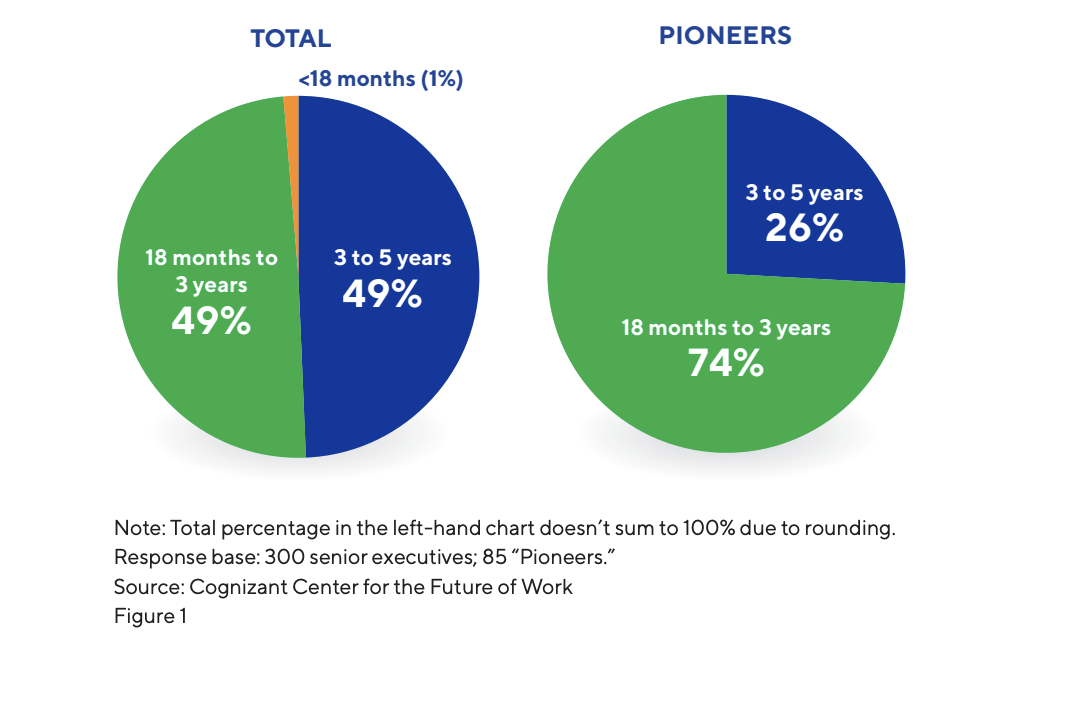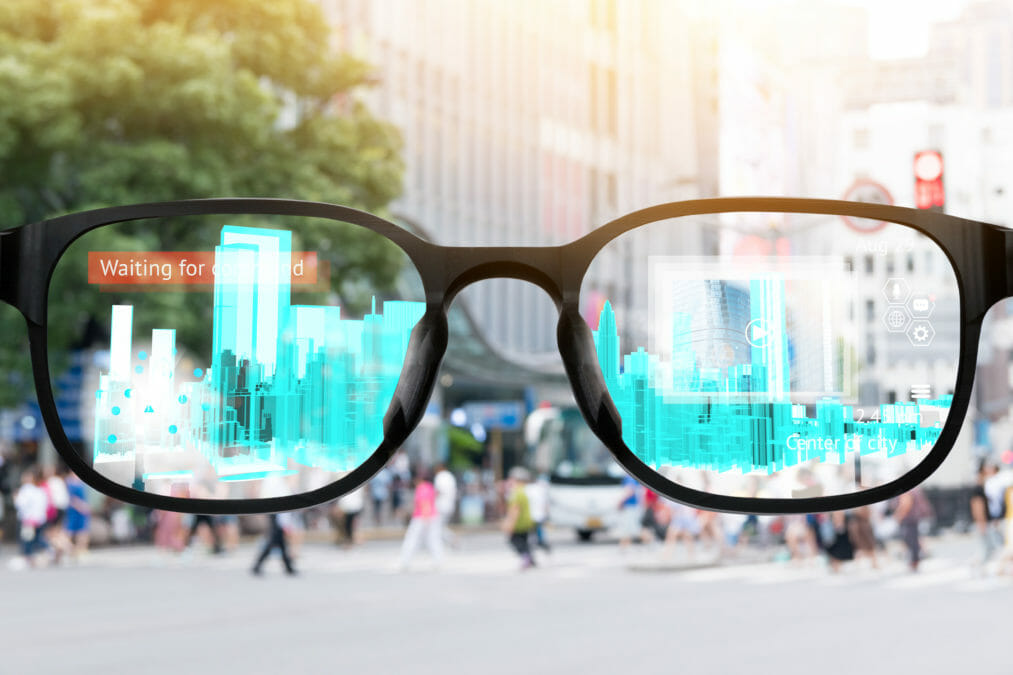Augmented reality (AR) and virtual reality (VR), although limited at the moment, will be a vital technology in improving the customer and employee experience.
The tech can help employers deliver more detailed training in certain professions, ranging from midwifery to airplane maintenance, while enhancing workforce collaboration, through telepresence.
From a customer perspective, AR (and VR) can help deliver more personalised content in an immersive environment at home. The UK’s retail market, for example, could be boosted by as much as £1 billion a year if retailers invested in technology that allowed consumers to virtually place products in their own homes before committing to costly purchases, research from DigitalBridge revealed.
AR and VR technologies give businesses an opportunity to build, sell and analyse virtually, rather than physically. They remove the obstacle of location, cost and communication for both the employee and consumer.
Reality bites: VR, AR and the enterprise network
An active presence
Cognizant are especially active in this space. “We work with one particular airline around using AR, so they can actually see the information in their headset while working on the plane’s fuselage system, for example,” said Sanjiv Gossain, senior vice president, head of digital business Europe, Cognizant.
In any industry that requires an employee to use their hands, while analysing information, an AR headset forms a likely ally. And once the technology matures, and the headsets become more practical, more use cases will emerge. But, it’s important to be ready. With Apple rumoured to be unveiling Apple AR glasses, businesses and those in charge of technology, must prepare their networks, workforce and customers for a AR/VR adoption boom.
See also: 10 innovative AR and VR companies to watch – exploring a selection of the hottest augmented reality and virtual reality providers in the market today
“The impacts of Apple’s advancements in AR will be profound,” said Ryan Donovan, SVP product and technology at Hootsuite. “I truly believe augmented reality is going to work its way pervasively into everyday use cases as the ability to create advanced experiences to a very large install base is bigger than ever before. In my opinion, AR will become an expected norm in terms of how brands will interact with their customers in the near future.”
Augmented reality is moving closer to the mainstream. But how will it get there?
Be ready
At the moment, brand reputation and equipment utilisation are two of the biggest AR benefits. Respondents from Cognizant’s The Real Reality of Augmented Reality report, with scaled AR implementations, anticipate 8.2% average top- and bottom-line growth from these initiatives by 2022. Even greater are the gains in soft benefits, such as improved brand reputation, equipment utilisation, speed, agility and customer experience.
Moving forward, AR will bringing massive change to business process. Of major significance to business operating models in the near future, 82% of respondents expect substantial AR-driven redesign of business processes. Rewiring business processes as “journeys” will become a key competency for organisations in the near future.
The impact of AR and VR will be as big as the internet
Daily use
The technology’s future is fast approaching.
Below, 300 respondents from Cognizant’s report revealed when they expect AR to be considered a mature technology that is accepted, established and in widespread use:

5G
For AR to be a success, ambitious 5G goals need to be realised.
AR will only be effective and adopted by both the employee and consumer in active environments; not just anchored to the home or office. AR devices will need “rapid data accessibility, data speed, and complex information and visualisations, which stream a lot of data,” explained Gossain. For this, 5G will be extremely beneficial.
The AR-led future: an enabler
“The internet is a huge enabler and I see AR was an enabler as well,” continued Gossain.
Beyond five years, business leaders, customers and employees will use AR to augment experiences, to add value to an existing process and to change the way they work and consume.
Related articles
VR is ahead for now, but AR will be a larger market in the long run
The value of AR to the enterprise
The four Ds: PwC’s guide to implementing AR and VR
Future of VR and AR depends on user experience and education
AR vs VR: it’s not a competition, the two are complimentary
The history of AR and VR: from gimmick to business problem solver










